.jpg)
About Emergency Response Planning
Emergency response planning is a critical aspect of storm and disaster restoration. It involves developing strategies, protocols, and procedures to handle emergency situations effectively. This comprehensive planning ensures that businesses and individuals are prepared to respond quickly and efficiently in the aftermath of a storm or disaster. By implementing a well-designed emergency response plan, property owners can minimize damages, protect valuable assets, and expedite the restoration process.
Why is Emergency Response Planning Important?
.jpg)
1. Mitigating Risks: Proper emergency response planning helps identify potential risks and vulnerabilities in advance. By conducting a thorough risk assessment, property owners can implement preventive measures and implement contingency plans to minimize damage.
2. Protecting People and Property: The safety and well-being of individuals and property are of utmost importance during and after a storm or disaster. Emergency response planning ensures that appropriate measures are in place to evacuate people safely, secure the premises, and protect assets from further harm.
3. Minimizing Downtime: Swift and organized emergency response can significantly reduce downtime for businesses and homeowners. With a well-executed plan in place, property owners can expedite the restoration process and resume normal operations sooner.
4. Coordinating Resources: Efficient emergency response planning involves identifying and mobilizing resources such as manpower, equipment, and supplies. This coordination ensures that the necessary resources are readily available when needed, streamlining the restoration efforts.
5. Compliance with Regulations: Certain industries and jurisdictions have specific regulatory requirements for emergency preparedness. A well-developed emergency response plan helps organizations meet these obligations and maintain compliance.
.jpg)
Key Steps in Emergency Response Planning
1. Risk Assessment: Identify potential risks and vulnerabilities specific to the property and location. This includes assessing the likelihood and potential impact of various types of storms and disasters.
2. Emergency Contacts: Maintain a comprehensive list of emergency contacts, including local authorities, emergency services, insurance providers, and restoration professionals like Service Water Restoration Pros. This allows for quick communication and coordination during emergencies.
3. Evacuation Plan: Establish evacuation procedures and designated safe areas for employees, residents, and visitors. Conduct regular drills to ensure everyone is familiar with the evacuation routes and procedures.
4. Communication Plan: Develop a communication strategy that includes multiple channels (e.g., email, text messages, social media) for disseminating information to employees, residents, and other stakeholders during an emergency.
5. Restoration and Recovery Plan: Create a detailed plan outlining the steps and timeline for restoring the property after a storm or disaster. This plan should include protocols for documenting damages, securing the premises, and engaging restoration professionals.
6. Training and Education: Provide training and education to employees and residents on emergency response procedures, including first aid, evacuation protocols, and safety measures. Regular training sessions help maintain preparedness and ensure everyone knows their roles and responsibilities.
Service Water Restoration Pros: Your Partner in Emergency Response
Service Water Restoration Pros is a trusted provider of comprehensive storm and disaster restoration services. With their expertise and industry-leading equipment, they can help property owners navigate the complexities of emergency response planning. Their team of trained professionals is available 24/7 to provide timely and efficient emergency restoration services.
Contact Service Water Restoration Pros at 949-209-1582 or visit their website for more information:
– [Service Water Restoration Pros](https://servicewaterrestorationpros.com/)



